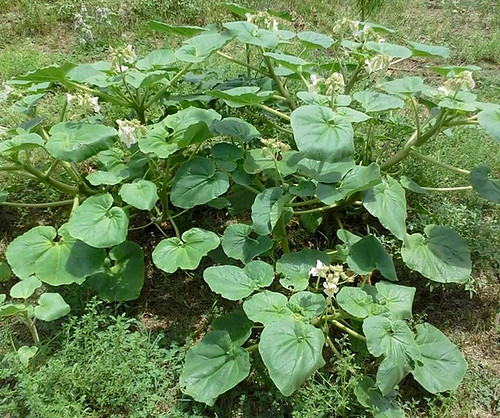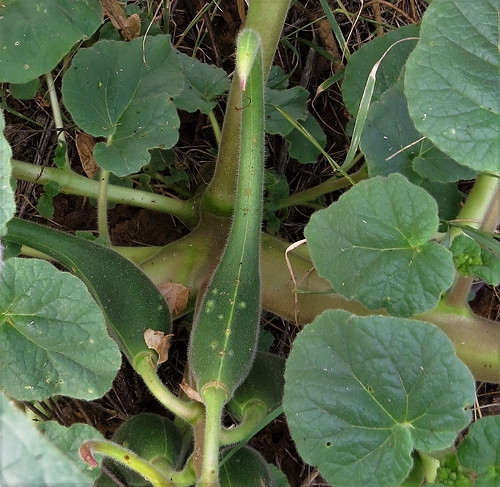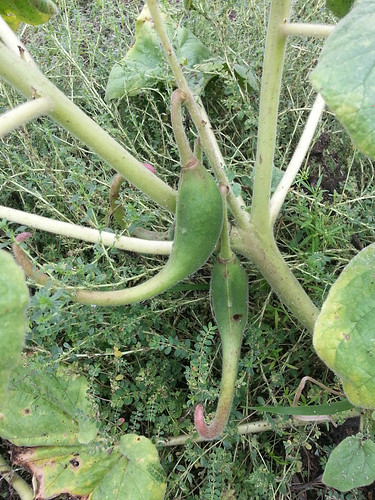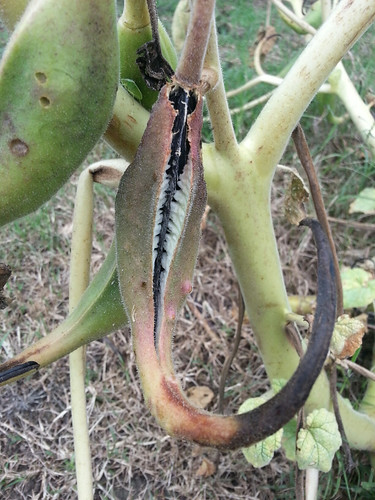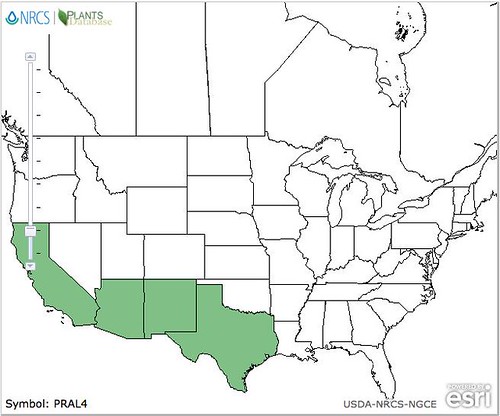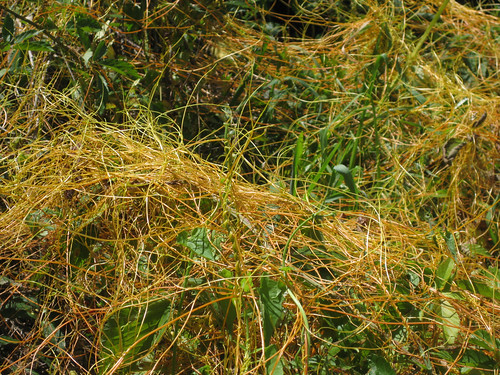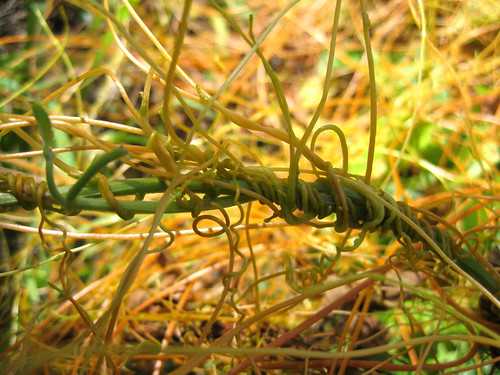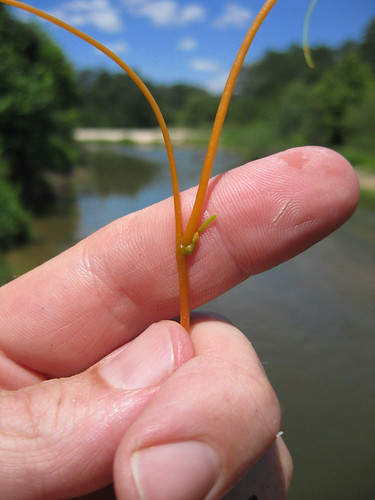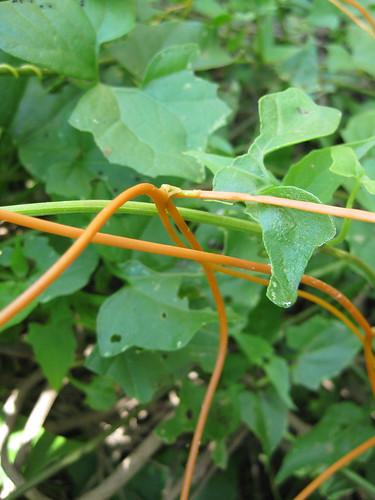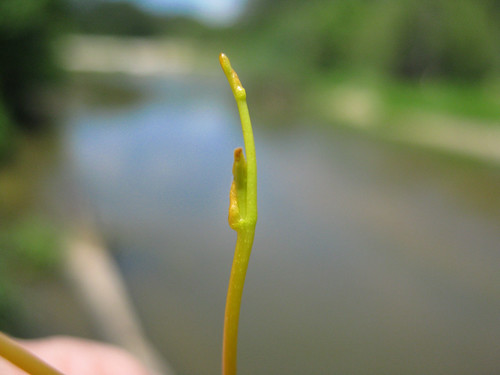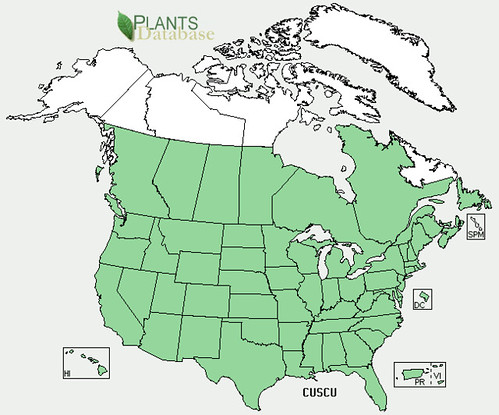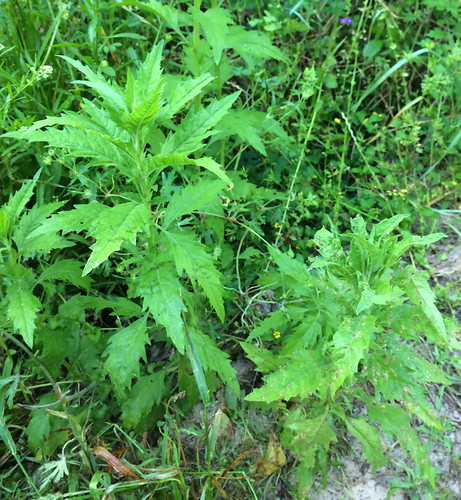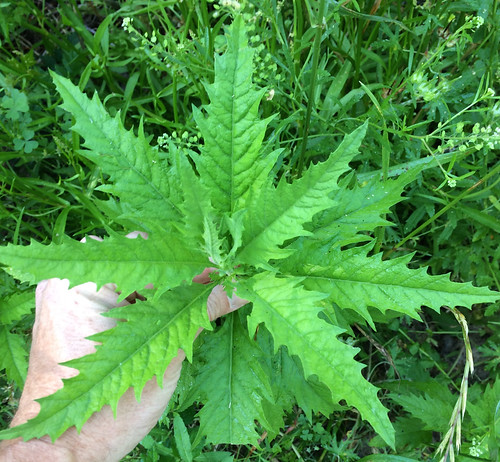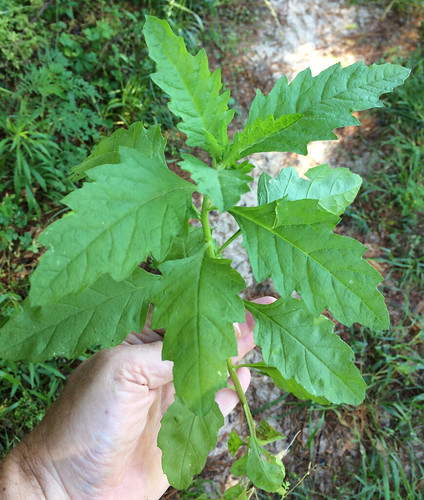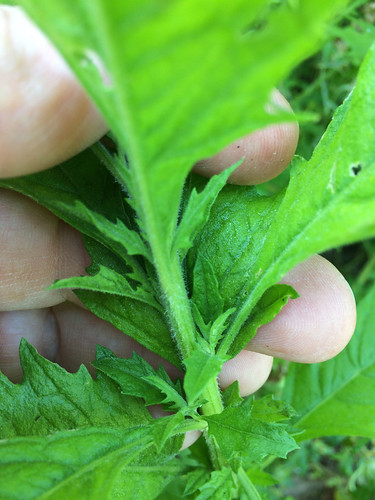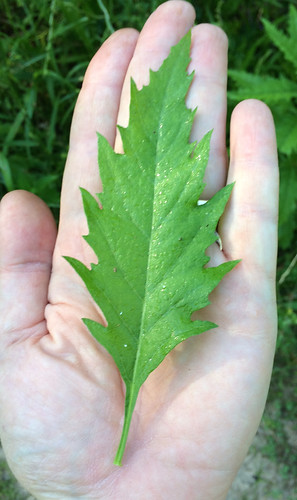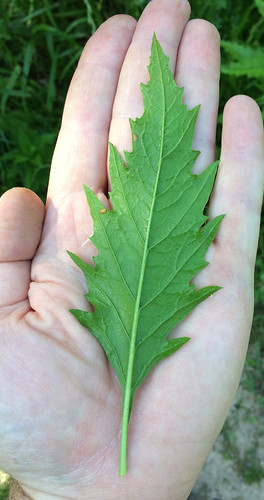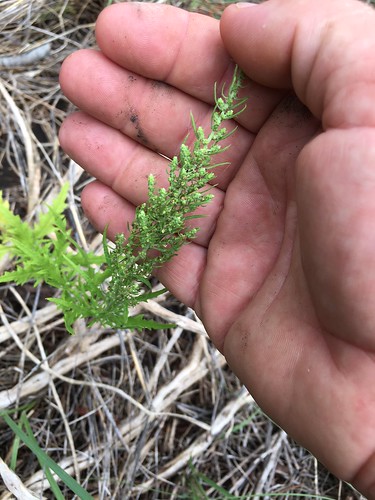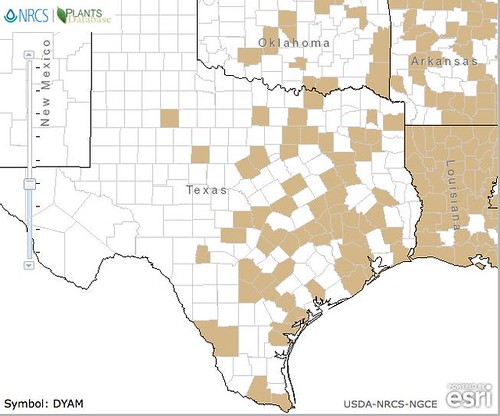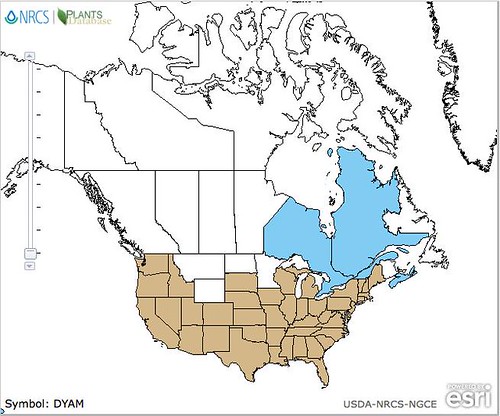Scientific Name(s): Erodium texanum, Erodium cicutarium
Abundance: common
What: leaves, flowers, young fruit, root, seeds
How: raw, cooked
Where: disturbed areas, moist, sunny, fields, yards
When: spring
Nutritional Value: vitamins
Dangers: don't mistake Carolina Geranium for Filaree.
Medicinal Summary:
Leaves/Flowers - antibacterial; antifungal; antiviral (interferon induction); antioxidant; anti-inflammatory; analgesic (
tisane)
Texas Filaree (Erodium texanum) structural features:Leaf Arrangement: The leaves are arranged in a basal rosette pattern at the base of the plant.
Leaf Shape: Leaves are pinnately compound, with each leaf divided into several deeply lobed leaflets. The overall leaf length is typically around 2 to 6 inches.
Leaf Venation: Venation is pinnate, with a central vein from which smaller veins branch out within each leaflet.
Leaf Margin: The margins of the leaflets are irregularly lobed and toothed.
Leaf Color: Leaves are a light to medium green, sometimes with hints of red or purple, especially in the leaf veins.
Flower Structure: Flowers are borne on long, slender stalks rising from the basal rosette. Each stalk typically bears one to several flowers.
Flower Color: The flowers are pink to lavender, with five petals. Each petal is about 0.5 to 1 inch in length.
Fruit: The fruit is a long, slender, beak-like capsule, often referred to as a "stork's bill."
Seed: The seeds are contained within the elongated capsule, small and hard.
Stem: The flowering stems are erect and slender, emerging from the basal rosette.
Hairs: The plant may have fine hairs, particularly on the stems and the undersides of the leaves.
Height: The plant typically grows to a height of about 6 to 18 inches.
Texas Filaree (Erodium texanum) seeding.
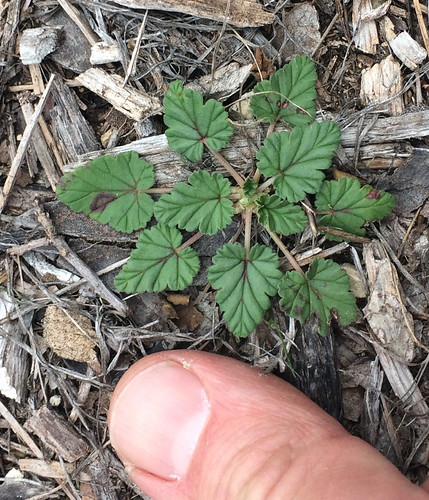
Slightly larger Texas Filaree. Those purple/red leaves are quite distinctive.
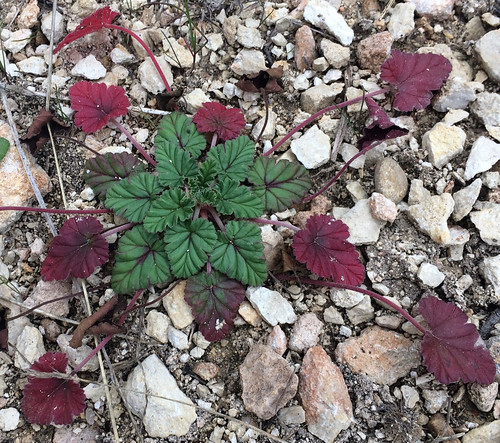
Still larger Texas Filaree (Erodium texanum).
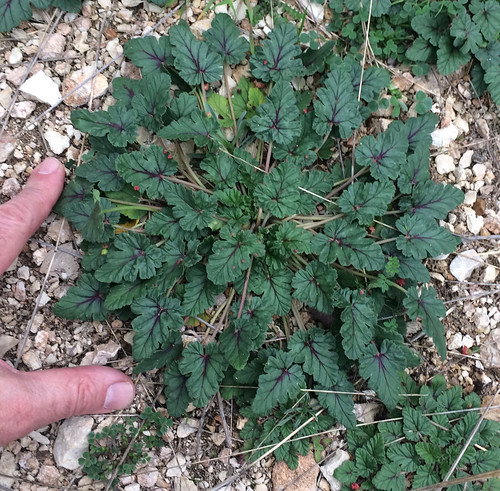
Change in leaves as they mature.
Redstem Filaree (Erodium cicutarium) structural features
Leaf Arrangement: Leaves are arranged in a basal rosette pattern at the base of the plant.
Leaf Shape: The leaves are pinnately compound, with each leaf divided into several deeply lobed leaflets. The overall leaf length varies, typically around 1.5 to 3 inches long.
Leaf Venation: Venation is pinnate, with a central vein running through each leaflet and smaller veins branching off.
Leaf Margin: The margins of the leaflets are finely dissected or lacy.
Leaf Color: Leaves exhibit a medium to dark green color, sometimes with reddish hues under stress conditions.
Flower Structure: Flowers are borne on slender, erect stalks that extend above the basal rosette. Each stalk supports a small cluster of flowers.
Flower Color: The flowers are small, with five petals each, usually pink or lilac in color, sometimes with darker veins. Each petal is typically about 0.2 to 0.4 inches long.
Fruit: The fruit is a long, slender capsule, resembling a stork's bill, which is characteristic of the Erodium genus.
Seed: Seeds are small, enclosed within the elongated capsule, and have a unique shape that aids in their dispersal.
Stem: The flowering stems are thin and hairy, originating from the basal rosette.
Hairs: The plant has fine hairs covering the stems and the leaves, giving them a slightly fuzzy appearance.
Height: Erodium cicutarium typically reaches a height of about 10 to 20 inches when in flower.
Redstem Filaree (Erodium cicutarium) plants. Note the red growths on some of the leaves.
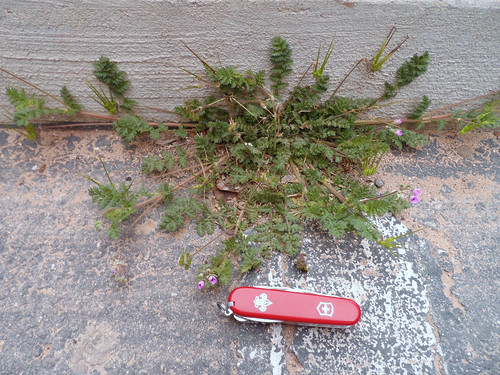
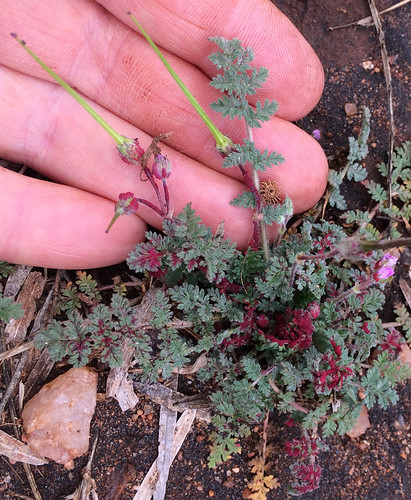
Close-up of Redstem Filaree (Erodium cicutarium) leaves.
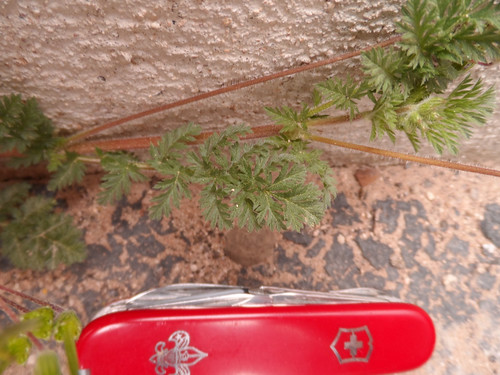
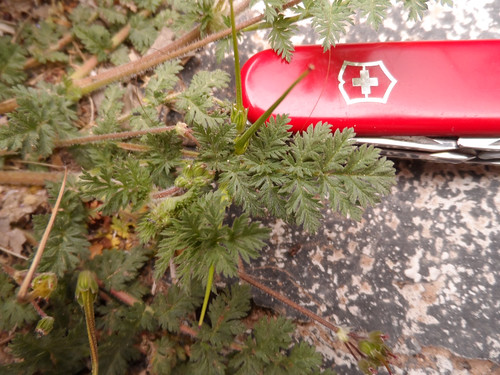
Close-up of Redstem Filaree (Erodium cicutarium) flowers.
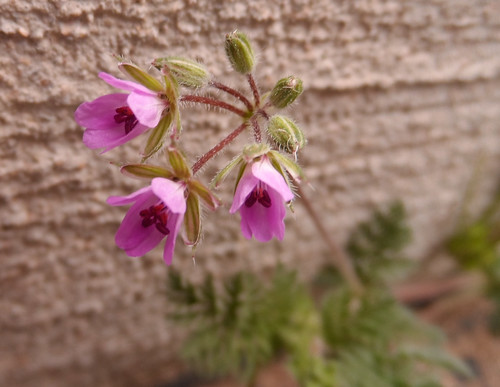
Close-up of Redstem Filaree (Erodium cicutarium) fruit that gives it its other name, 'Storkbill".
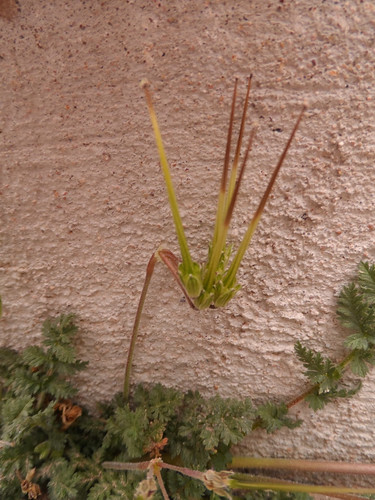
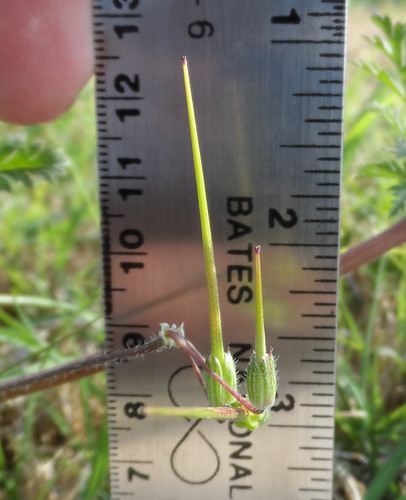
Redstem Filaree (Erodium cicutarium) seedling.
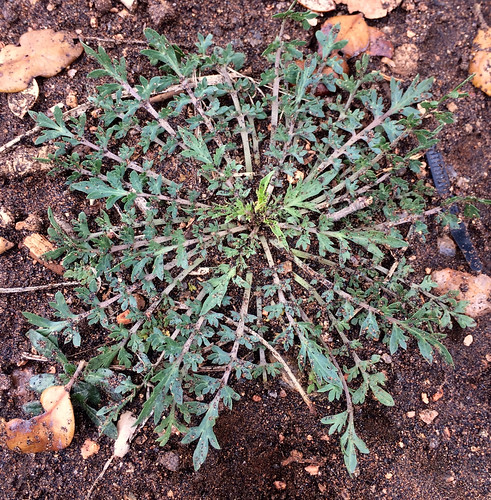
Texas distribution of Erodium texanum, attributed to U.S. Department of Agriculture. The marked counties are guidelines only. Plants may appear in other counties, especially if used in landscaping.

North American distribution of Erodium texanum, attributed to U. S. Department of Agriculture.

Texas distribution of Erodium cicutarium, attributed to U.S. Department of Agriculture. The marked counties are guidelines only. Plants may appear in other counties, especially if used in landscaping.
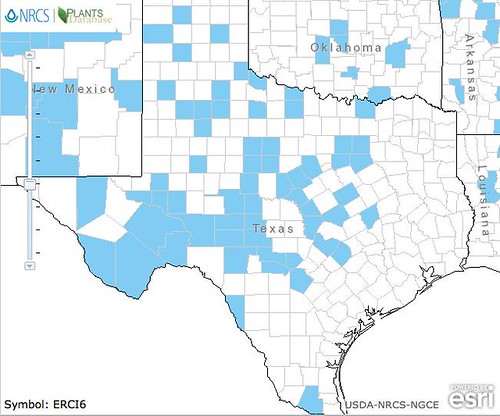
North American distribution of Erodium cicutarium, attributed to U.S. Department of Agriculture.
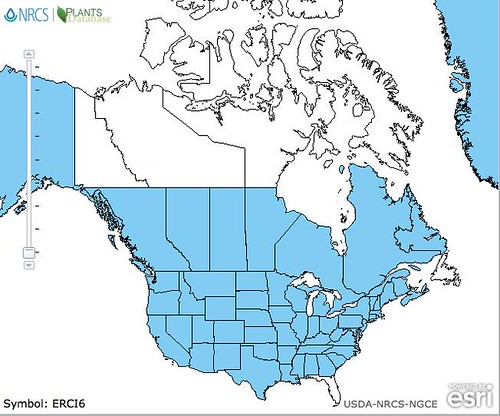
Plants define the ecological zones of Texas. Seeing the reddish, prostrate, rosettes of Filarree tell me the acidic soils of East Texas are shifting to the more alkaline, chalky soil of the Hill Country and farther west. Filler seems to thrive in damaged, barren soils such as walking/riding trails to the cracks in driveways and parking lots. This is one tough plant!
In most high-traffic places you'll find this plant it creeps low to the ground but in wilder, unmowed/untrampled areas it sends it's frilly, lobed leaves upwards along with its 5-petaled, purple flowers. The flowers grow in clusters at the ends of thin, hairy stalks. These flowers eventually turn into long 'beaked" seedpods that give these plants the alternative name of "Storkbill".
Pretty much all parts of this plant are edible, though it can be somewhat bitter raw. Cook the leaves like you would spinach or just steam them. The flowers are okay raw and while I suppose one could treat the seedpods like okra I have yet to confirm that. The seeds are actually quite nutritious with a good dose of
vitamin K, according to Green Deane.
WARNING: Carolina Geranium (Geranium carolinianum) flowers and seedpods look slightly similar but it's not edible. The leaves of Carolina geranium are "hand" shaped whereas Filaree leaves are more "Christmas Tree" shaped.
Carolina Geranium flowers and leaves - too bitter to eat.
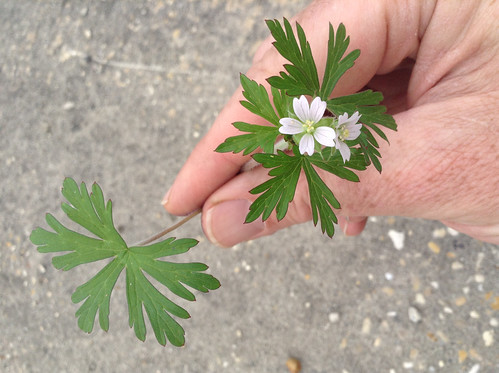 Carolina Geranium seedpods.
Carolina Geranium seedpods.
 Carolina Geranium
Carolina Geranium roots are strongly astringent and after being dried and powdered were placed in wounds to stop bleeding. The powdered Carolina Geranium roots were also gargled to sooth sore throats.
Buy my book! Outdoor Adventure Guides Foraging covers 70 of North America's tastiest and easy to find wild edibles shown with the same big pictures as here on the Foraging Texas website.

